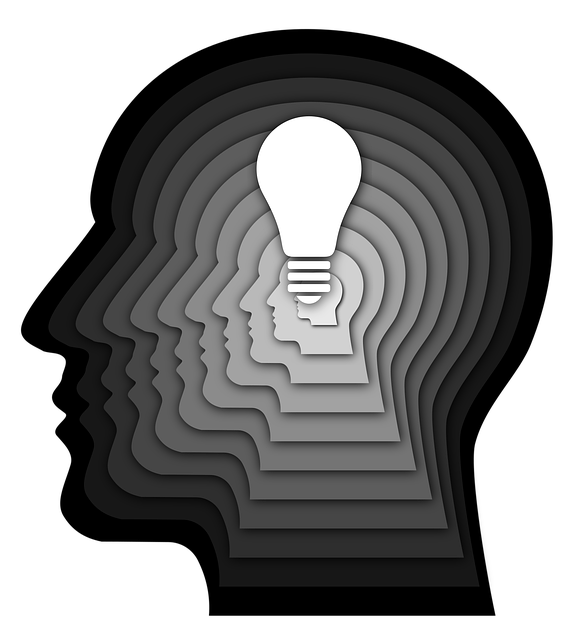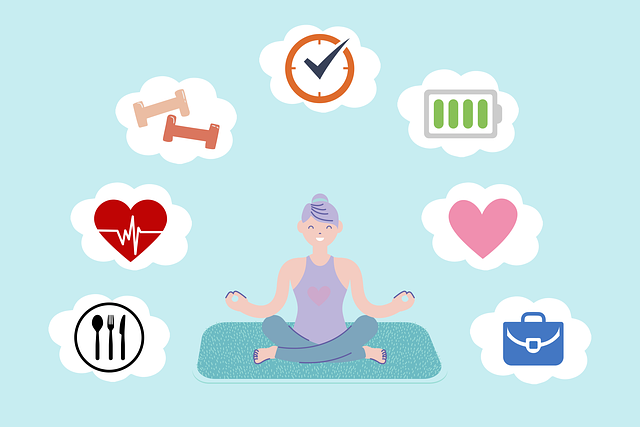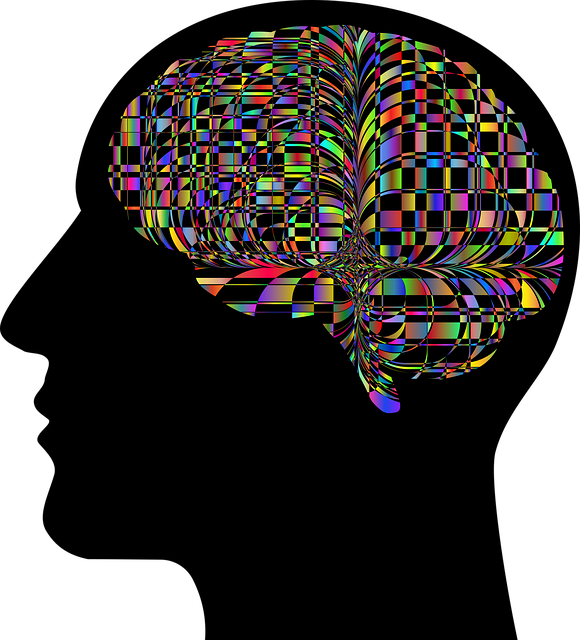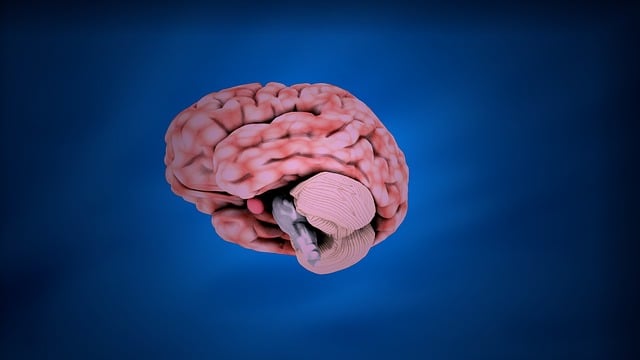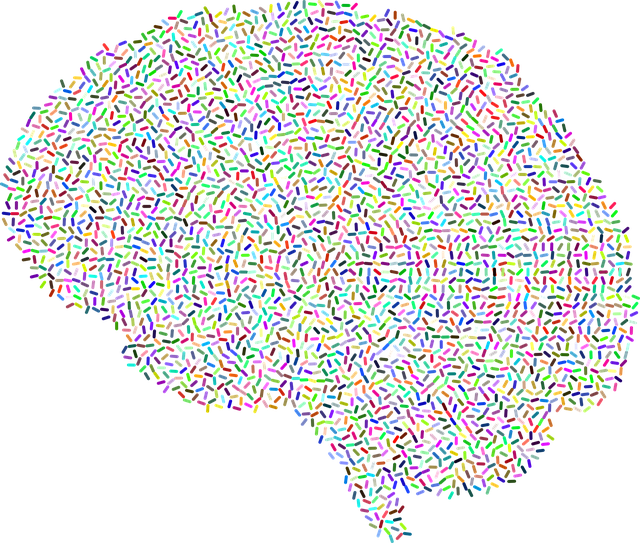Centennial Adjustment Disorder (CAD) is a mental health condition arising from early adolescence trauma, affecting emotional processing and overall well-being. Key components of management include therapy for trauma processing, coping mechanism development, and emotional regulation skills. Community outreach programs, journaling, and self-care routines emphasizing mind-body-spirit interconnectedness offer additional support. Therapeutic techniques like Cognitive Behavioral Therapy (CBT), mindfulness exercises, and regular mental health professional sessions are integral to overcoming CAD challenges. Building resilience through healthy habits, adaptability, and coping mechanisms enhances long-term mental wellness.
“Unwind and embrace a transformative journey towards mental wellness with our comprehensive guide. This article illuminates the path to healing by exploring the intricate relationship between Centennial Adjustment Disorder (CAD) and self-care practices. We delve into effective strategies, from identifying personal stressors to adopting holistic routines that nurture mind, body, and spirit.
Discover how therapy techniques can be seamlessly integrated into daily life, fostering resilience and adaptability—essential tools in managing CAD symptoms. Get ready to unlock your path to lasting mental wellness.”
- Understanding Centennial Adjustment Disorder and its Impact on Mental Wellness
- Identifying Personal Stressors and Triggers: A Key Step in Self-Care
- Crafting a Holistic Self-Care Routine: Mind, Body, and Spirit
- Integrating Therapy Techniques into Daily Life for Lasting Change
- Building Resilience and Adaptability: Long-Term Strategies for Mental Wellness
Understanding Centennial Adjustment Disorder and its Impact on Mental Wellness

Centennial Adjustment Disorder (CAD) is a mental health condition that can significantly impact an individual’s ability to cope with life’s challenges and maintain optimal mental wellness. This disorder, often stemming from significant life events or traumatic experiences during early adolescence, affects how individuals process emotions, adapt to changes, and regulate their overall well-being. CAD can manifest as feelings of detachment, difficulty forming relationships, and a sense of chronic disorientation.
The impact on mental wellness is profound, as individuals with CAD may struggle with anxiety, depression, and low self-esteem. Therapy plays a pivotal role in managing CAD, offering guidance for understanding and processing past traumas, developing healthy coping mechanisms, and enhancing emotional regulation skills. Through counseling and support, individuals can learn to navigate their unique challenges, fostering resilience and improving their ability to engage in beneficial mental wellness practices such as journaling exercises, which are essential components of Mental Wellness Journaling Exercise Guidance. Community outreach programs that raise Mental Health Awareness can also play a crucial role in supporting those affected by CAD, providing safe spaces for connection and shared understanding.
Identifying Personal Stressors and Triggers: A Key Step in Self-Care

Identifying personal stressors and triggers is a crucial first step in developing an effective mental wellness self-care routine. This process involves introspective reflection on life events, behaviors, and environments that cause emotional distress or negatively impact one’s mental health. By recognizing these triggers, individuals can begin to understand their unique needs for emotional well-being promotion techniques. For instance, certain situations or interactions might evoke feelings of anxiety or depression, while specific activities or thoughts could contribute to a sense of overwhelm or stress.
Centennial Adjustment Disorder therapy emphasizes the importance of this step by teaching individuals to recognize and manage their stressors using mind over matter principles. Healthcare provider cultural competency training can also play a role in this process, as it equips professionals with tools to help clients identify and address unique cultural triggers. Through this self-awareness, people can start tailoring their self-care practices, ensuring they address the root causes of their mental health challenges effectively.
Crafting a Holistic Self-Care Routine: Mind, Body, and Spirit

Creating a holistic self-care routine involves attending to the interconnectedness of mind, body, and spirit—a trifecta that forms the foundation of our overall well-being. This approach acknowledges that mental wellness isn’t merely the absence of distress but a state of thriving where we cultivate resilience, peace, and purpose. For individuals grappling with issues like Centennial Adjustment Disorder, this holistic perspective becomes even more vital.
Incorporating Mental Wellness Journaling Exercise Guidance can serve as a powerful tool for self-reflection and stress reduction methods. By dedicating time to record thoughts, emotions, and experiences, individuals gain valuable insights into their mental landscape. Additionally, engaging in practices that nurture the body, such as regular physical activity or mindfulness meditation, alongside resilience-building strategies, can significantly contribute to a balanced self-care routine. These practices collectively help to soothe the mind, strengthen the body, and rejuvenate the spirit.
Integrating Therapy Techniques into Daily Life for Lasting Change

Integrating therapy techniques into daily life is a powerful way to foster lasting mental wellness and overcome challenges like Centennial Adjustment Disorder. It’s not just about occasional visits to a therapist; it’s about adopting coping skills that become an integral part of your routine. Techniques such as cognitive-behavioral therapy (CBT) can help individuals identify and change negative thought patterns, providing tools for managing anxiety and stress. By incorporating mindfulness exercises or keeping a journal, one can develop a sense of calm and self-awareness, which are crucial for emotional regulation.
This process involves consistent practice to see significant results. Regular sessions with a mental health professional offer specialized support and guidance tailored to individual needs. Over time, these practices not only alleviate symptoms of disorders like Centennial Adjustment Disorder but also enhance overall life satisfaction. Trauma support services, including therapy options, play a pivotal role in this journey, helping individuals process past traumas and build resilience for a more balanced future.
Building Resilience and Adaptability: Long-Term Strategies for Mental Wellness

Building resilience is a key component of long-term mental wellness strategies. It equips individuals with the ability to adapt and bounce back from challenges, stressors, and traumatic events. This process involves developing a mindset that embraces change, cultivates positive thinking, and enhances self-esteem. Through therapy, such as Centennial Adjustment Disorder Therapy, individuals can learn coping mechanisms that promote resilience. By integrating healthy habits like regular exercise, sufficient sleep, and effective stress reduction methods, one can strengthen their mental fortitude.
Adaptability is another crucial aspect that goes hand in hand with resilience. It involves learning to navigate uncertainty, embracing new situations, and finding creative solutions. Self-care practices should focus on fostering adaptability by encouraging individuals to step out of their comfort zones, embrace change, and view challenges as opportunities for growth. This long-term approach not only enhances overall mental wellness but also prepares one to face future uncertainties with a sense of calm and resilience.
Developing a robust mental wellness self-care routine, particularly tailored to manage Centennial Adjustment Disorder (CAD), is a transformative journey. By understanding CAD’s impact and identifying personal stressors, individuals can begin crafting holistic practices that nurture mind, body, and spirit. Integrating therapy techniques into daily life offers sustainable change, while building resilience equips one with the adaptability needed to navigate life’s challenges. With consistent practice, these strategies not only enhance mental wellness but also empower individuals to thrive despite CAD’s complexities.
